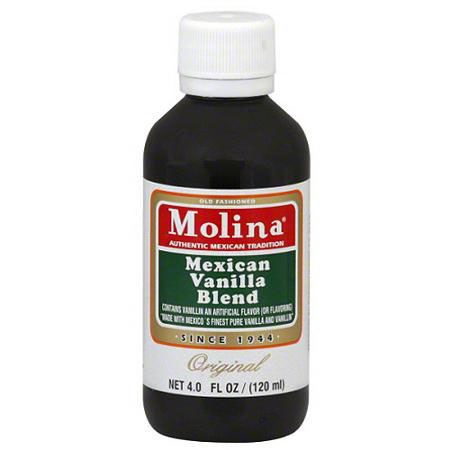

In March, 2017, Cyclone Enawo, the strongest cyclone to hit Madagascar in 13 years, tore through the island, damaging about 30 per cent of vanilla crops and reducing their expected harvest by a third. Madagascar and its surrounding islands have always been the world’s dominant supplier of vanilla, accounting for roughly 80 per cent of the global supply of the beans. Vanilla is a high-risk, labour-intensive product derived from orchids,each flower must be hand-pollinated, and the crops themselves are particularly susceptible to vine disease and storms before the pods are harvested by hand and cured in small batches using traditional methods. He continues, “ The raw material for this wildly popular flavouring is not easily obtained. It is now the second-most expensive spice in the world, after saffron. Bottom line: If it seems too good to be true, it usually is. In that same Globe and Mail article, David van der Walde, director of Aust & Hachmann Canada, a Montreal-based vanilla importing company affiliated with the oldest vanilla importers in the world, shared that, “Vanilla is a staple in any baker’s pantry, but a recent confluence of events – a “perfect storm” – has led to an unprecedented spike in prices, with the cost of the ingredient rising to almost 20 times as much as it did a few years ago. Dark and murky? Again, synthetic vanillin, most likely ethyl vanillin derived from coal tar. Is it clear? Then it is synthetic vanillin and it can be bought for the same price at home. So, how can you figure out whether or not you’re getting the real deal? There are two main ways according to The Vanilla Queen, Patricia Rain: Some labels even say, “This product does not contain coumarin”, but unfortunately, food labeling is not strictly controlled or enforced in Mexico, so you can’t be sure of what’s actually lurking inside. Don’t buy the product if it says ‘tonka bean’ or has a vague ingredient list or no list.” Look for ‘vanilla bean’ on the label’s ingredient list. Ĭonsumers should be cautious when buying vanilla in Mexico and other Latin American countries, the FDA advised. Since 1954, coumarin has been banned from all food products sold in the United States. Mexican vanilla is frequently made with the extract of beans from the tonka tree, an entirely different plant that belongs to the pea family. Pure vanilla is made with the extract of beans from the vanilla plant. Eating foods with coumarin may be dangerous for people taking blood thinners, because the combination could increase their risk of bleeding. Food and Drug Administration warned that so-called Mexican “vanilla” is often made with a toxic substance called coumarin and shouldn’t be bought by consumers.Ĭoumarin is related to warfarin, which is found in some blood thinners. It worked, and by adding coumarin to synthetic vanilla, the flavour was a little more like pure vanilla.Īccording to an article written by Robert Pierdt for ABC News, “The U.S.

During this time, Mexico, Central America and the Caribbean began selling cheap synthetic vanillas hoping to cash in on the association of Mexico and vanilla.

However, nearly all the so-called vanilla extract from these countries is, unfortunately, synthetic.Īccording to Rain, Mexico’s share of the world’s vanilla supply took a nose dive in the early 20th century when the Mexican Revolution raged through the country. Patricia Rain, known as “ The Vanilla Queen“, shares on her website that because vanilla originally came from Mexico (along with Central America and the Caribbean), and because at one time, Mexico produced the world’s finest vanilla, it follows that it would still be true. So, I came home, did some research, and, sadly, my suspicions were confirmed.

Now, here in Canada, a small ingredients list like that would see me jumping for joy! But in the case of vanilla, it made me really question it. It is sold in bottles and the purveyors promise that it is the REAL deal with artful labels that state it and ingredients lists that tout only one: pure vanilla. As you know, I traveled back to Mexico this Christmas, and something that is found EVERYWHERE there is “Mexican vanilla”.


 0 kommentar(er)
0 kommentar(er)
